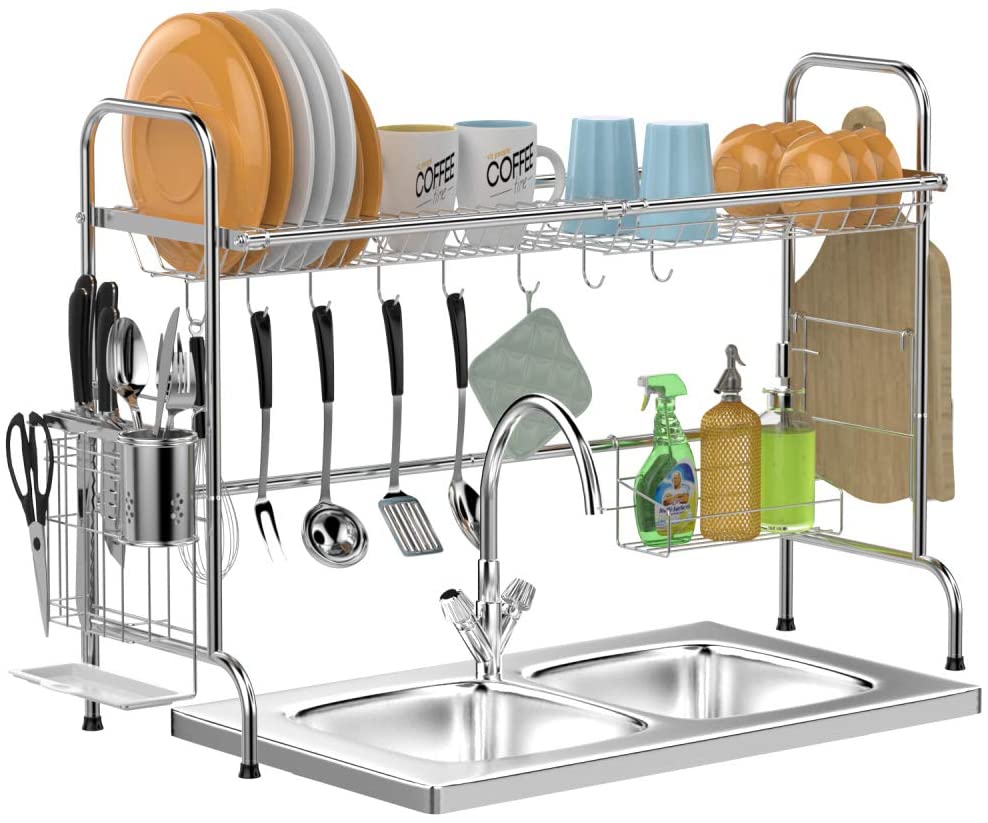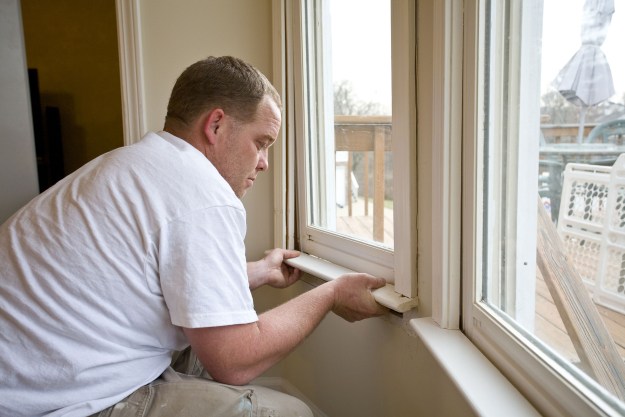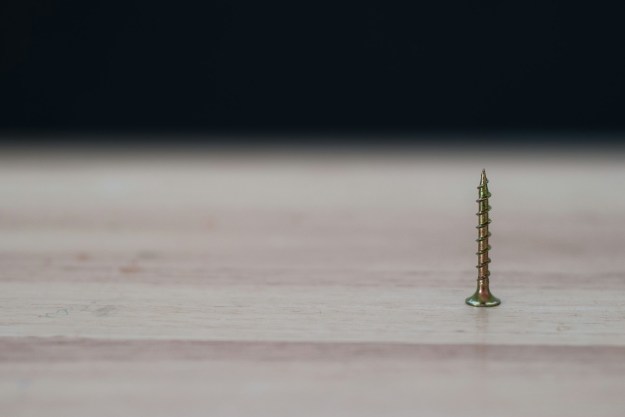
When it comes to the kitchen, I love buying utensils, pots and pans, small appliances, and pretty much everything cooking-related. The problem with my slight obsession with all things kitchen is that I often run out of places to put all of the stuff I have. Ultimately, I end up buying organizational items to keep all of my tools and gadgets in order. So, when I found this over the sink dish rack on Amazon, I had to have it. Since I usually buy first and figure out usefulness later, I wasn’t sure how much I would end up using it at first. However, once I set it up over my sink, I fell in love and wondered how I lived without it.
The dimensions of the rack are 35 inches by 9.8 inches by 24.5 inches, (it will fit on any sink 35 inches or smaller), so be sure to measure your sink before buying. The rack is made of stainless steel, so it is ultra-durable and can hold up to 28 pounds. It has feet that help to distribute the top weight evenly and are nonslip, so the rack stays put.
The best part about this over-the-sink dish rack is that it is so much more than a dish rack. It is a space-saving storage space for all of the utensils and items you use regularly. The rack comes with a removable utensil holder, hooks for pots and pans, potholders, or whatever else you want to hang, and a cutting board holder. The rack makes organization simple and keeps your most-used items at your fingertips. Obviously, there is also a rack on top for drying dishes that have just been washed. I use the top rack for drying large pots and pans or containers that I hand wash rather than put in the dishwasher. There is also a handy shelf for dish soap and sponges.
This rack is particularly useful for people with limited counter space but can be used in any kitchen. It helps you get extra items off the counter and organized neatly, and it creates valuable space above your sink, usually an area in the kitchen that is underutilized. Also, any drips of water from the drying dishes just fall into the sink, so there are no puddles of water to deal with. Ultimately, this over-the-sink dish rack is a must-have.
Editors' Recommendations
- We love this spice rack organization hack (and your food will taste better, too)
- Get a practical (and pretty) space with the right lighting over the kitchen sink
- 10 bathroom organization ideas you have to try
- The 10 best cleaning tips and hacks we’ve learned over the past 20 years
- 10 things to toss from your kitchen in the next 10 minutes




